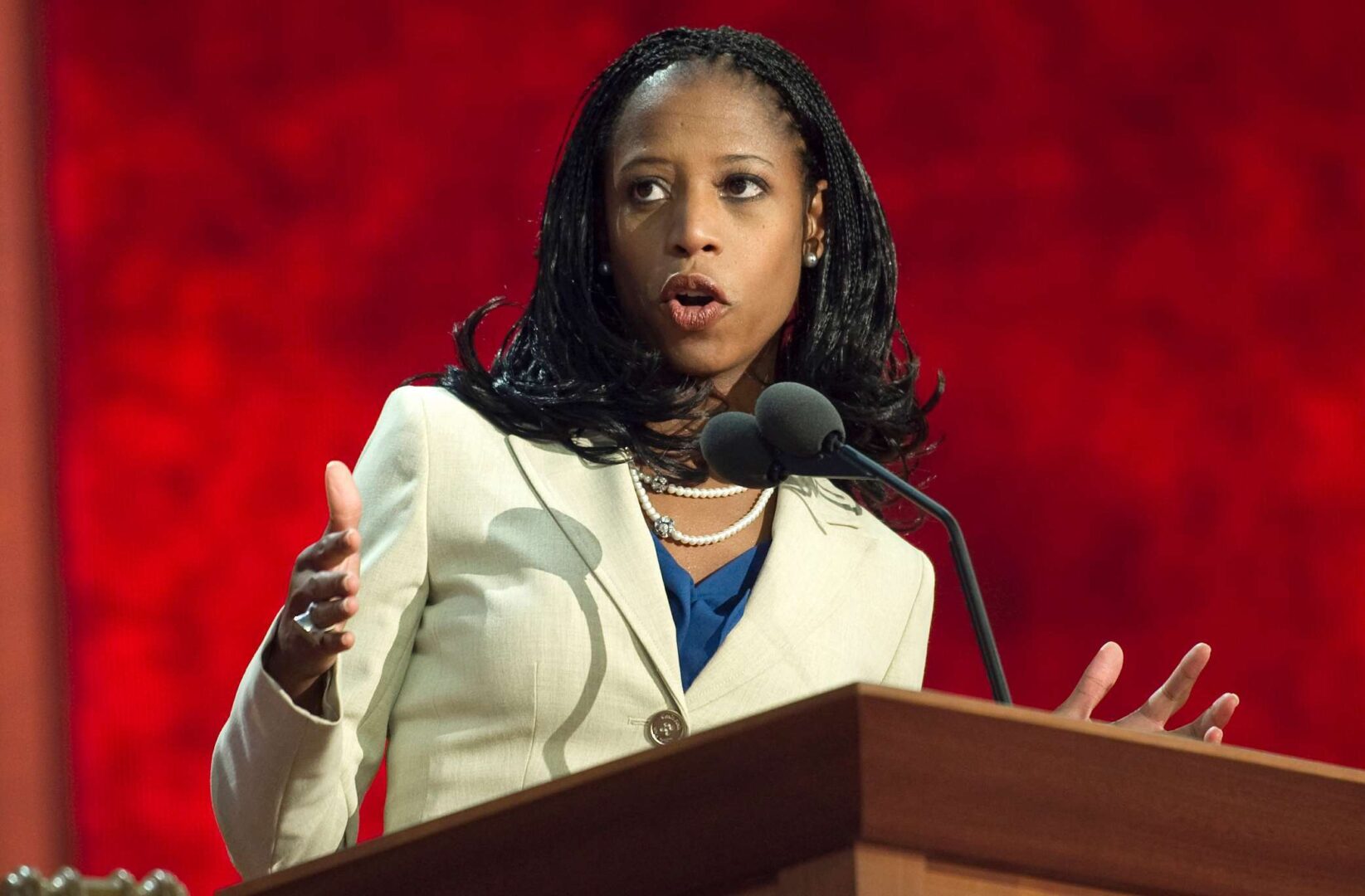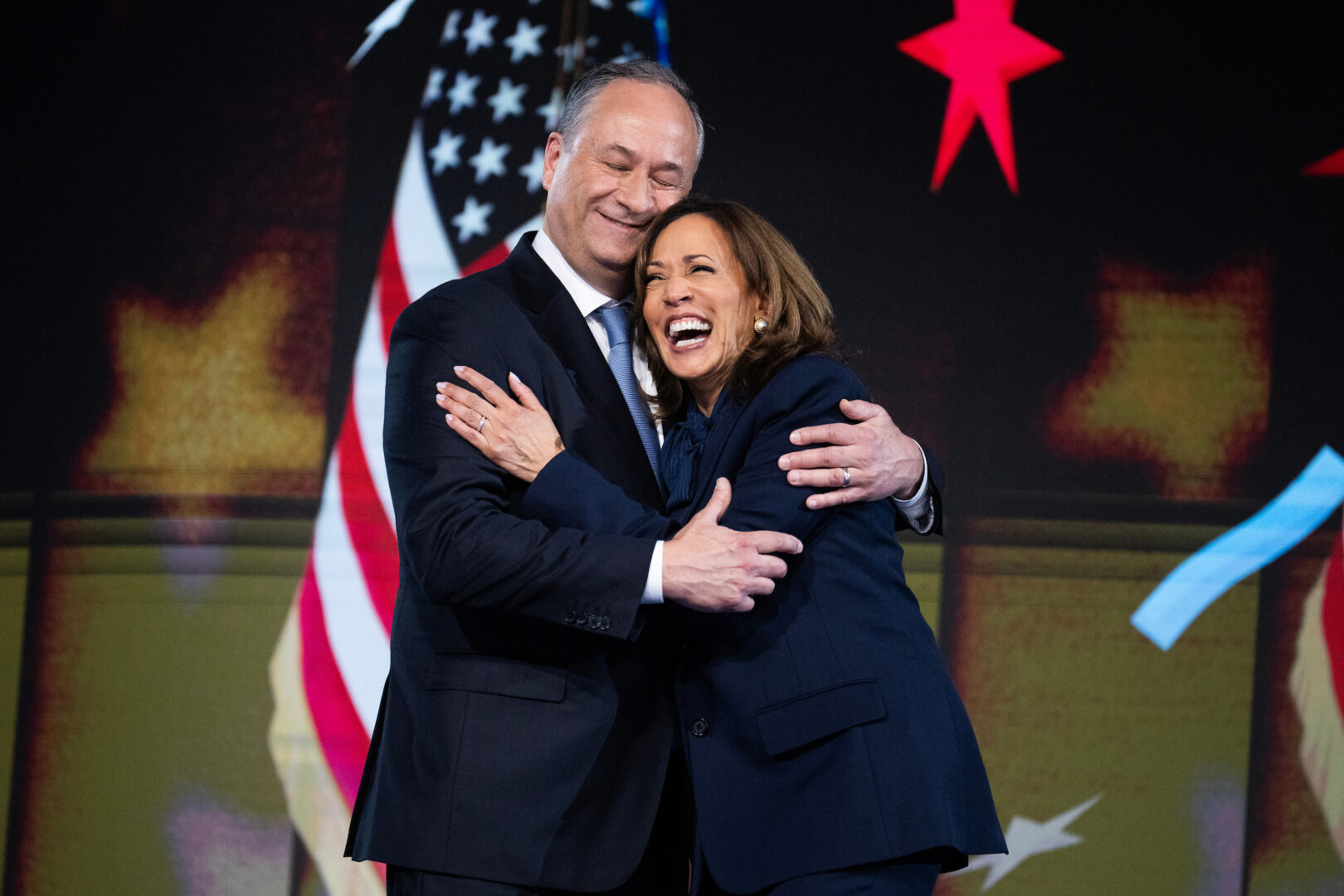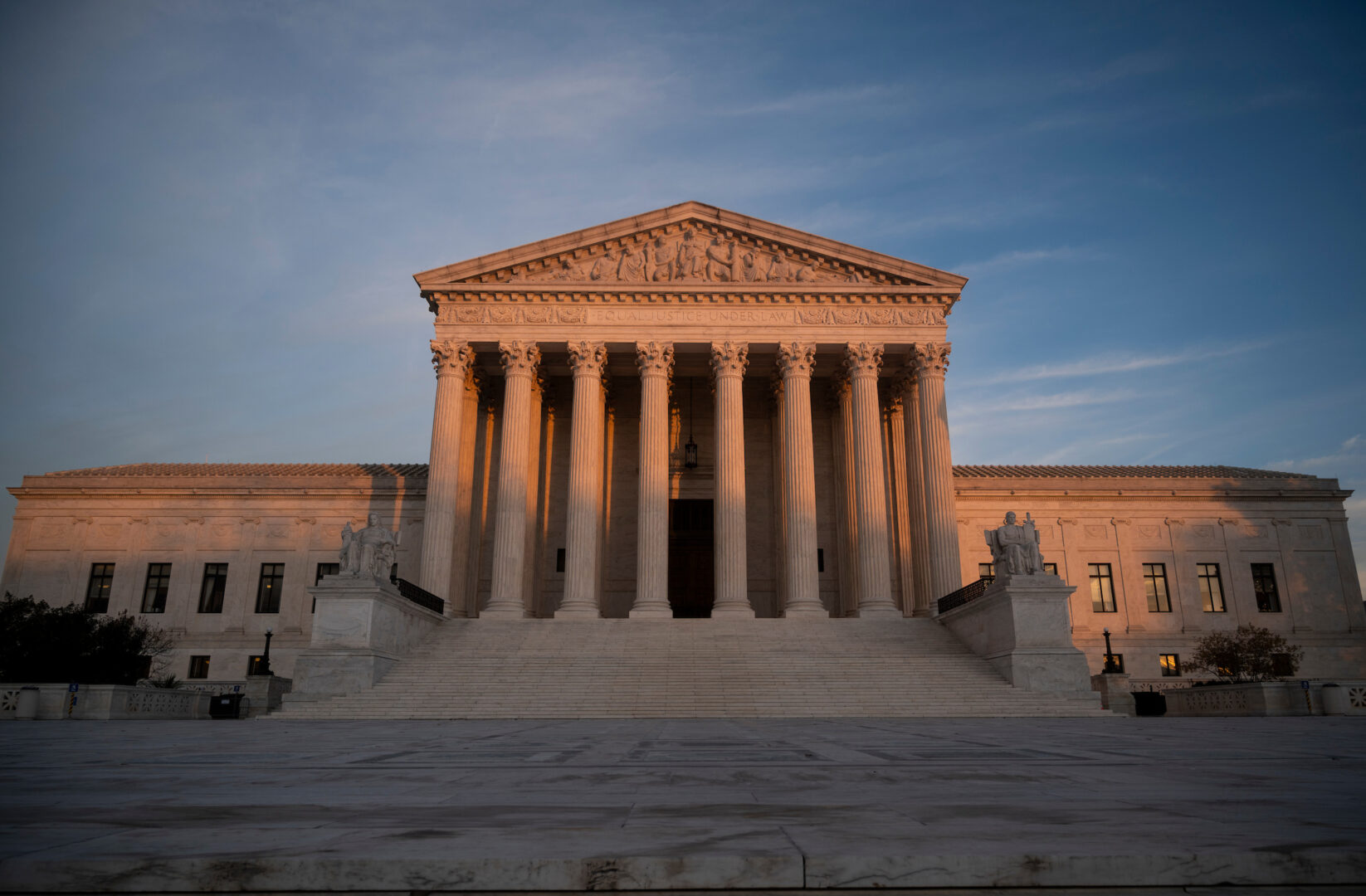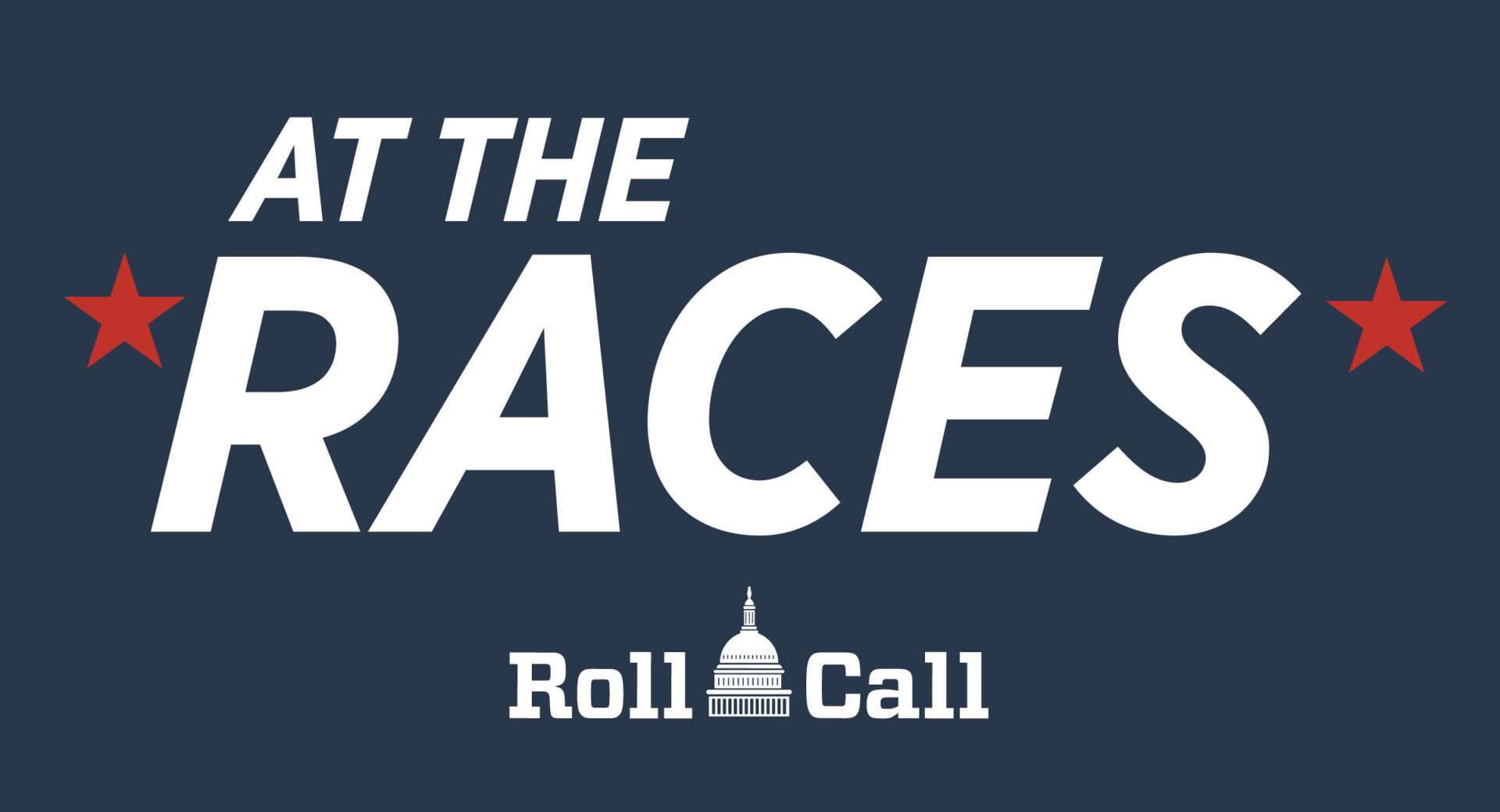Congressional candidates are casualties of 2020’s condensed conventions
Gatherings usually help candidates grow their networks and raise money

Saratoga Springs, Utah, Mayor Mia Love knelt on the floor of a public bathroom in the Tampa Bay Times Forum, praying and trying not to throw up ahead of the biggest speech of her life.
While her brief remarks to the 2012 Republican National Convention boosted her run for Congress that year, it’s an opportunity that this year’s congressional candidates will miss under the revamped convention format.
“The pressure was insane,” remembered Love, who felt the weight of her state, her party, and her own campaign against one of Utah’s most prominent political families. She kicked off prime-time programming on Tuesday night that year because Tropical Storm Isaac essentially canceled the first night of the convention.
“I went from no one knew who I was and couldn’t raise much money to, in that same day, raising like $500,000,” recalled Love, who ended up losing a close race that November, then winning the open 4th District seat two years later.
In the face of a global pandemic, both parties have narrowed their public conventions to two hours of prime-time programming each night rather than closer to 25 hours of stage time available to speakers with a traditional four-day convention.
Of course, even with a typical convention schedule, everyone can’t have a prime-time slot like Love or the keynote address that vaulted 2004 Illinois Senate nominee Barack Obama into the national spotlight.
I remember watching Virginia Democratic congressional candidate James Socas give an impassioned speech, also during the 2004 convention in Boston. He was gesturing and looking side to side to make sure no one in the audience felt like they were ignored. Then the C-SPAN cameras cut to a sparse FleetCenter crowd during the 4 p.m. hour that day, most of whom weren’t paying attention to the podium.
Thankfully the director caught a few folks paying attention to the Socas’ earnest effort. But the three-minute speech wasn’t enough to buoy Socas, who lost his challenge to GOP Rep. Frank R. Wolf in the 10th District by 28 points a few months later.
In 2012, National Republican Congressional Committee Chairman Pete Sessions and 17 GOP candidates and vulnerable incumbents kicked off the convention on a Tuesday afternoon in Tampa. The speakers included Indiana state Rep. Jackie Walorski, California Republican Ricky Gill, Iowa Republican John Archer, Kentucky Republican Andy Barr and North Carolina Republicans Mark Meadows, David Rouzer and Richard Hudson.
“Candidates wanted it and were fighting for it,” recalled Paul Lindsay, the NRCC’s communications director in 2012. “In today’s media age, it’s even more valuable because the platform is huge and the content is more shareable than ever.”
Access to donors is ‘main draw’
Even though the speeches didn’t guarantee success (2016 Pennsylvania Senate nominee Katie McGinty spoke in prime time on the DNC’s final night in Philadelphia and lost her race), they haven’t been the sole purpose of the party pilgrimage anyway.
“The main draw of a convention for a congressional challenger is access to donors and fundraisers,” said Matt Thornton, the Democratic Congressional Campaign Committee’s communications director for the 2016 cycle. “Barring a prime-time solo speaking slot, I don’t see how this new format will make much of a difference in these races.”
Arkansas Republican Tom Cotton didn’t have a speaking role with the other candidates in 2012, but Lindsay remembered the new GOP nominee in Arkansas’ 4th District coming to Tampa to raise money and make contacts, and being shepherded through the press room to meet national reporters.
Four years later, Cotton was a senator and had a prime-time speaking slot on Monday night of the convention, just after El Paso County Commissioner Darryl Glenn, who was running for Senate in Colorado. And now Cotton is mentioned as a potential presidential candidate to lead the post-Trump GOP.
Despite the critical presidential race, the parties won’t completely ignore down-ballot races this year.
On Monday night, Democratic Senatorial Campaign Committee Chairwoman Catherine Cortez Masto will make her pitch about the importance of a Democratic majority to prime-time viewers. And Alabama Democrat Doug Jones, the most vulnerable senator in the country, will be part of the DNC’s prime-time programming as well. Republicans will likely stress the importance of a Senate majority as well.
On Tuesday night, three House Democrats will take part in the keynote address, which is being divided among 17 “rising stars,” including Reps. Colin Allred of Texas and Pennsylvanians Conor Lamb and Brendan F. Boyle, who were in good shape for reelection before this opportunity.
But candidates counting on the conventions to grow their networks and boost their fundraising on the ground in Milwaukee and Charlotte are going to need to find some creative alternatives to fill the void.
[jwp-video n=”1″]





